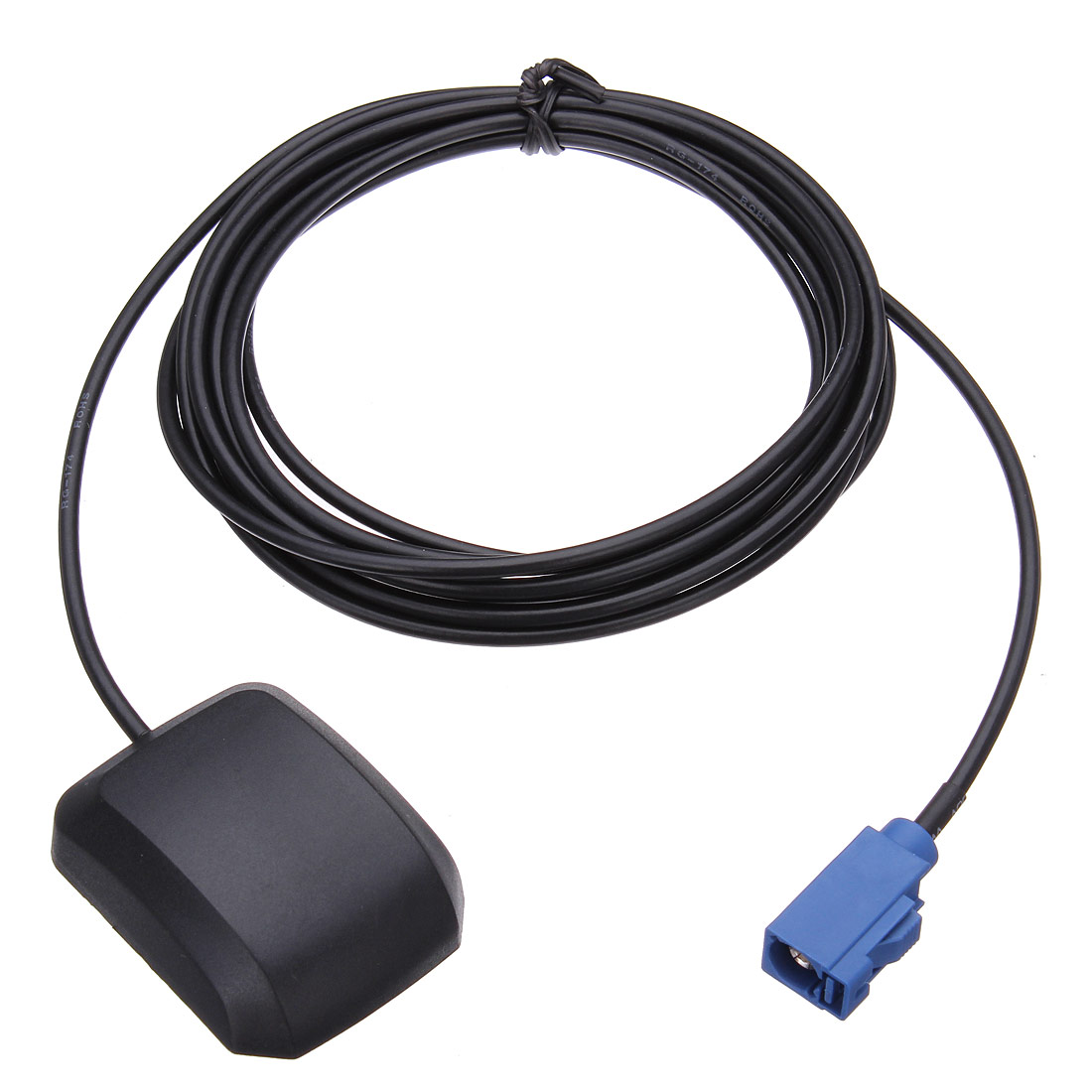
GPS ANTENNE INSTALL
Keep that in mind as you install devices with embedded GPS antennas inside a cabin.

Imagine the path: Unlike other antennas that are looking for other antennas on the horizon, GPS antennas must have a clear path to the sky to receive signals from GPS satellites.Here are my top ten tips for getting good GPS performance with your marine electronics: This article provides some tips for getting the most out of your devices with embedded GPS antennas as well as how and when to use external GPS antennas to improve performance.įor tips on VHF/AIS antenna installations, see my guide here: AIS/VHF Antenna Installation and Troubleshooting Top 10 GPS antenna installation tips Now we have several models with embedded GPS receivers and antennas. For example, the first generation of AIS transponders used external VHF and GPS antennas typically connected via coax to antennas mounted outside the cabin. As electronics become more functional, we see more and more devices with embedded antennas and GPS receivers. I get a lot of questions on how best to install GPS antennas. I use the term “GPS” in this document since that is the term that most people use but in reality, this guidance applies to all GNSS antennas. GPS refers to the US Global Positioning System but other GNSS such as the European Galileo and Russian GLONASS systems are often supported by these devices as well.

Many marine electronics – including AIS transponders, chart plotters, some DSC radios and some LTE routers – have an embedded Global Navigation Satellite Systems (aka GNSS) module or what we often refer to as GPS receivers.


 0 kommentar(er)
0 kommentar(er)
